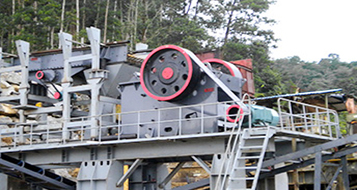The quality of cement is significantly influenced by the grinding parameters of the ball mill, as they affect particle size distribution, fineness, strength development, and hydration characteristics. Here are the key effects of ball mill grinding parameters on cement quality:
 1. Grinding Time & Retention Time
1. Grinding Time & Retention Time
– Longer grinding time increases fineness but may lead to over-grinding, increasing energy consumption and reducing efficiency.
– Excessive retention time can cause excessive heat generation, leading to dehydration of gypsum (forming hemihydrate or soluble anhydrite), which affects setting time and workability.
– Optimal grinding time ensures proper particle size distribution (PSD) for strength development.
2. Ball Size & Charge (Media Composition)
– Larger balls are effective for coarse grinding but may not produce fine particles efficiently.
– Smaller balls enhance fine grinding but require higher energy input.
– Optimal ball size distribution (a mix of different sizes) improves grinding efficiency and PSD.
– Overcharging reduces grinding efficiency due to excessive collisions; undercharging leads to insufficient impact.
3. Mill Speed (Critical Speed %)
– Below critical speed (~70-80%): Cascading motion (grinding by attrition and impact).
– At or above critical speed: Centrifugation occurs, reducing grinding efficiency.
– Optimal speed ensures proper cascading for efficient size reduction.
4. Feed Rate & Material Flow
– High feed rate reduces residence time, leading to coarser particles and poor strength development.
– Low feed rate increases over-grinding risk and energy waste.
– A controlled feed rate ensures consistent fineness (Blaine or sieve residue).
5. Cement Fineness (Blaine/Sieve Residue)
– Higher fineness (~3500–4500 cm²/g Blaine) improves early strength but increases water demand and shrinkage.
– Coarser cement (>10% residue on 45µm sieve) reduces early strength but enh.jpg) es workability.
es workability.
– Optimal fineness balances strength, setting time, and durability.
6. Gypsum Addition & Clinker Grindability
– Gypsum prevents flash setting; excessive grinding can dehydrate it, altering setting behavior.
– Harder clinker requires more energy and finer grinding for optimal reactivity.
7. Temperature Control & Ventilation
– High mill temperatures (>




